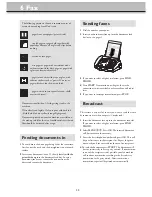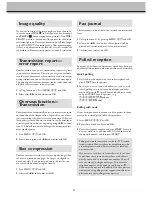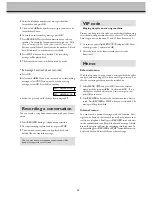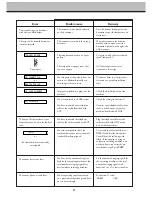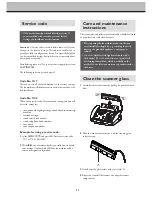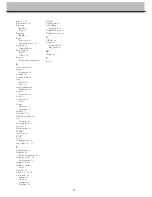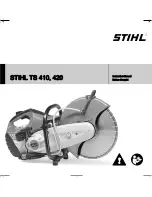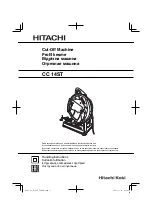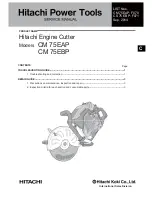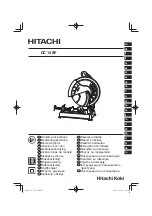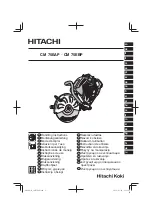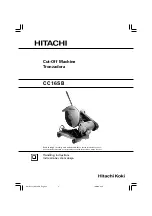
34
10 Appendix
Technical data
Compatibility
ITU Group 3
Type of connection
outside line (PSTN) / extension (PABX)
Flash times
outside line (PSTN): 100 ms
extension (PABX): 100 ms
Size of document width:
single sheet 148–217 mm
several sheets 148–217 mm
length:
single sheet 100–600 mm
several sheets 148–297 mm
thickness: single sheet 0.05–0.2 mm
several sheets 0.07–0.15 mm
Printing paper
A4 210 x 297 mm, 80 g/m
2
Largest scanning width
216 ± 1 mm
Resolution
horizontal: 8 points/mm (200 dpi)
vertical:
standard 3.85 lines/mm
fine
7.7 lines/mm
Photo mode
16 grey tones (fax machine
without integrated answering machine)
64 grey tones (fax machine
with integrated answering machine)
Contrast control
automatic and manual
Copying
fine and photo resolution
Data compression
MH, MR
Modulation
V29bis, V27ter, V21
Transmission speeds
9600/7200/4800/2400 bps
Sound power level
stand by mode: <30 dBA
copy mode: <53 dBA
Printing method
ink film printer
Fax paper
standard A4 letter
210 x 297 mm (document)
Document feed
up to 10 letters (80 g/m²)
Fax switch
DAY/NIGHT/TIMER
Dimensions
356 x 240 x 163 mm (without paper tray)
Weight
about 3 kg
Power consumption
stand by: about 2 W
telephoning: about 5 W
sending a standard letter: ca. 20 W
receiving a standard letter: ca. 35 W
Power supply
220–240 V / 50–60 Hz
Speech recording time
up to 30 minutes
Speech output
yes
Allowed operating
environment
temperature: 5–40 °C
relative humidity: 15–85 % RH
not condensing
Recommended operating
environment in use:
temperature: 17–28 °C
relative humidity: 20–80 % RH
not condensing
Recommended operating
environment in unplugged
status (ready for operation
with loaded ink film and
paper):
temperature: 0–45 ° C
relative humidity: 15–85 % RH
not condensing
Interference suppression:
emission corresponding to EN 55022 class B
immunity corresponding to EN 50082-1
and EN 55024
Glossary
additional device, additional telephone:
You can operate your fax machine to-
gether with additional devices such as (cordless) telephones, an answering ma-
chine etc. on a single telephone line. You have to enter some specific settings.
calling line identification:
When you receive a telephone call, the number of the
calling party will be shown on the display (not supported by all network pro-
viders).
memory:
Messages of the built-in answering machine as well as fax messages
that had not been printed will be stored in this memory.
document:
The written note you want to send by fax to another party.
DTMF:
short for “Dual Tone Multiple Frequency”. With this signal you can
start fax reception from an additional telephone which has tone dialling.
fax switch, automatic and manual receive:
The fax switch analyses incoming
calls and detects whether it is a normal call or a fax call. If you have chosen
automatic receive a fax will be received automatically and silently. If you have
chosen manual receive, the fax switch is not operating and faxes can only be
received by pressing START.
Home Telephone System (HTS):
Many private households have installed a home
telephone system. Such a system offers the possibility of internal communica-
tion but operates on only one single telephone line.
hook-flash function:
The
R
key enables you to use additional services that are
provided by your telephone company.
incoming message:
The message a caller can leave when your answering machine
is switched on and he speaks after the beep tone.
ink film:
An “ink” coated foil (similar to a ribbon) for printing out on plain
paper.
ITU:
International Telecommunication Union, which also sets standards.
outgoing message (OGM):
As a factory setting an outgoing message is recorded.
When your answering machine is switched on the caller hears this message
which is followed by a beep tone.
paper:
standard A4 paper 210x297 mm, 80 g/m
2
parallel:
Your connection is parallel, if you make a call with another telephone
and your fax machine does not respond as described under “serial” (see
serial
).
polling:
You can collect documents which have been prepared for collection at
a remote fax machine.
private branch exchange (PABX):
Private branch exchange systems are common
in most large companies. They provide a kind of internal telephone network.
In order to connect to the public network you must first dial an outside line.
pulse dialling:
The old dialling mode is pulse dialling. Every number key has a
specific number of pulses assigned to it.
scanner:
input device for copying and faxing documents
sender identification:
On most fax machines the name and the number of the
user can be entered. This so-called sender identification will be printed on the
fax receipt and will also appear on the display of the fax correspondent’s ma-
chine.
serial:
Your connection is serial, if you make a call from another telephone and
at the same time the red display lamp flashes and the display shows
external phone
(see
parallel
).
tone dialling:
Tone dialling is the modern dialling mode. Every key has a differ-
ent tone assigned to it.

